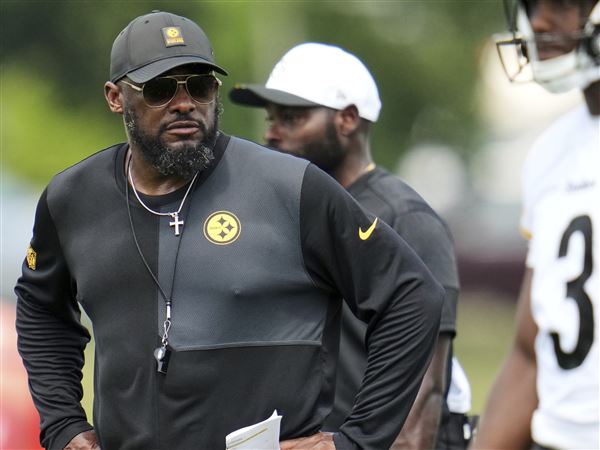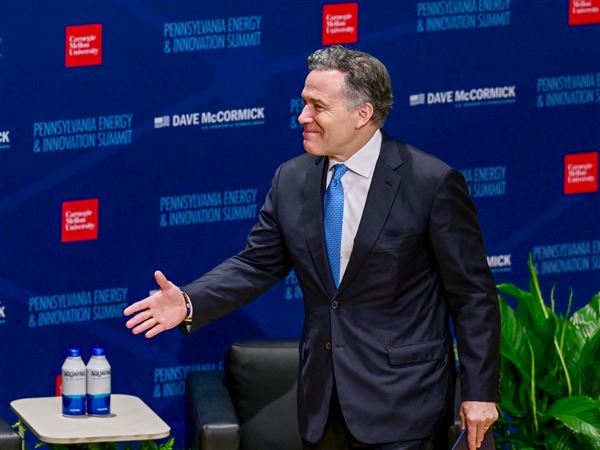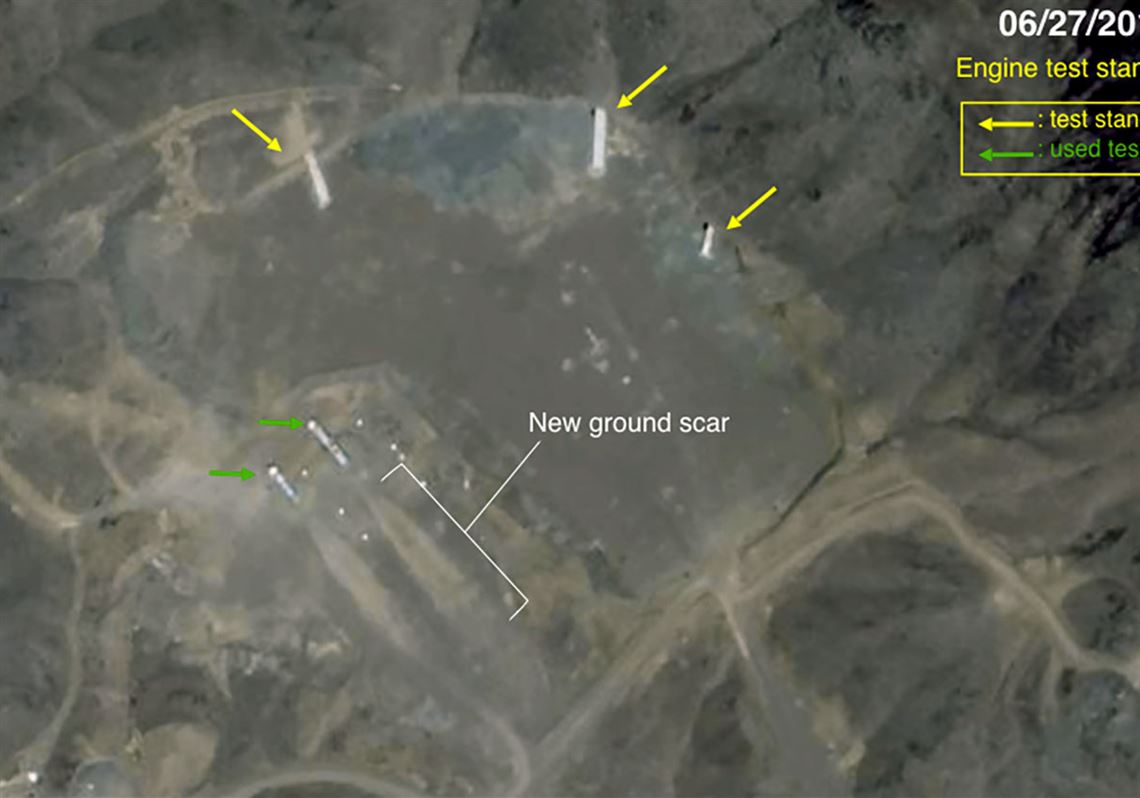President Donald Trump and Secretary of State Mike Pompeo have decided to scrap the Iran deal, so called because it was not a treaty but a “deal” the U.S. and some of its allies made with the Iranian regime.
One perceptive observer, the columnist Eli Lake, has summarized the deal as follows: The United States will accept your regional ambitions and aggression in return for some curbing of your nuclear ambitions.
Quite apart from whether Iran was more or less adhering to the deal, critics, some now working for the president, said that was a bad deal in concept: No such trade-off is acceptable. It legitimizes a rogue state and its malicious deeds. Moreover, Iran’s concessions (of its nuclear ambitions) were inadequate.
Once the president finally decided, after some delay and lobbying by the French president, Emmanuel Macron, to kill the deal, Mr. Pompeo gave what was billed as a major speech in which he outlined the new U.S. Iran policy. It consisted of 12 principles – ranging from releasing U.S. citizens in Iran, to unrestricted U.N. access to Iranian nuclear inspectors, to Iran getting out of Syria.
All may be desirable, but almost no one sees how any one of the 12 goals is achievable without some negotiating structure — the old deal or some kind of new one.
Mr. Macron, in fact, proposed a new, better deal. Let us, he said, take the structure we have in place and negotiate something that is improved and more comprehensive. While Mr. Trump has said he is open to the idea, what Mr. Pompeo has outlined is not the basis of a new and better structure, but a series of demands. The two things are not the same, and if the secretary does not see this, he will not succeed on the Iran question. If he does see the difference, there will have to be more to what he calls “Plan B” than what he has thus far unveiled.
To be sure, tough sanctions might very well bring Iran to the table, given enough time. But in that same amount of time Iran could have a bomb.
And it will be hard to impose the most rigid of sanctions without the full support of all of our allies, as we have learned before.
Aside from the particulars and history of U.S.-Iranian relations, which are complex and considerable, there are two questions of statecraft to consider: One is when it is better to tear up or tear down an existing deal or structure than to build on what we have. The second is to what degree know-how, craft and experience matter in the executive branch of the federal government.
Generally speaking, the approach that has worked best in our system is refining the imperfect. Social Security was a very modest program when it started. It was developed and embellished over 50 years. And the repeal of Obamacare failed in part because it became obvious that no better alternative had been developed.
It is instructive that the Trump administration has not scrapped NAFTA, which was as flawed as any treaty ever negotiated. Instead, it is rewriting and renegotiating it.
And this is being done by Robert Lighthizer, an old hand on trade and an old pro at government. He has decades of experience in his field.
Mr. Pompeo is a smart fellow — first in his class at West Point — and a savvy pol. But he has a little over a year’s experience at the CIA and a mere six years in the U.S. House. His 12 demands are logical, and some are indisputable. But he now has no structure or political context within which to pursue them.
Moreover, Mr. Pompeo, like the president, is a big picture/broad brushstroke fellow. It is not clear that either man now has at his side someone with the experience and knowledge of detail to help create a new structure.
First Published: May 25, 2018, 4:00 a.m.

















